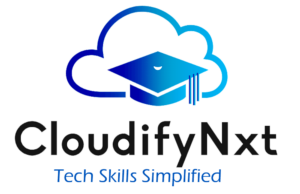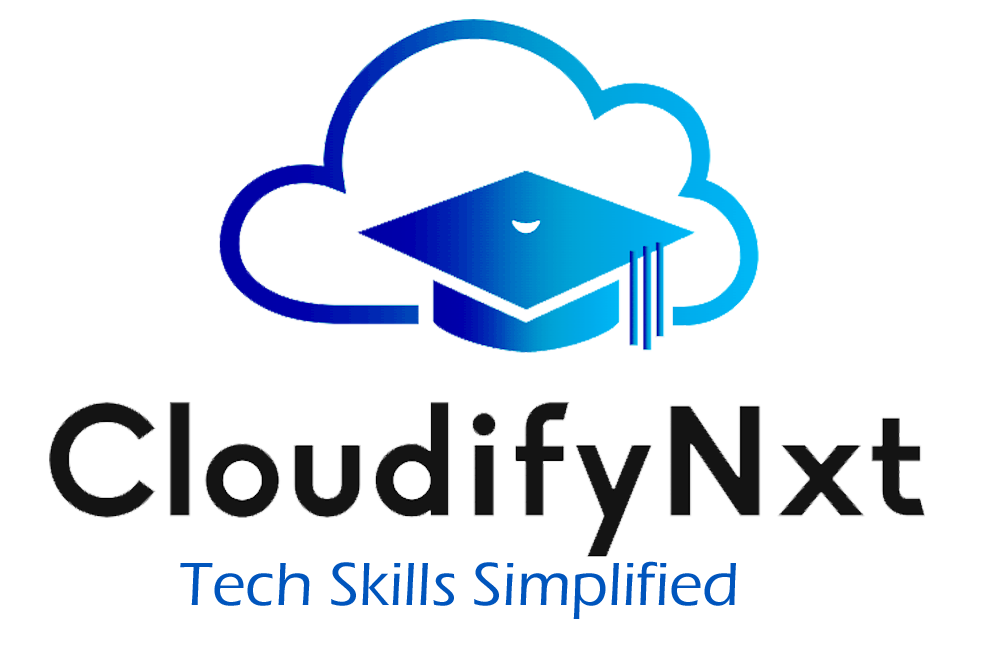
How Many Projects Should I Do Before Applying for Jobs in Data Science?
Breaking into the world of data science requires more than just learning algorithms and attending online courses. One of the most important factors employers look for is hands-on experience—and the best way to gain that is by building projects. But a common question that arises among beginners is: “How many data science projects do I need before applying for jobs?” Let’s unpack this and provide actionable tips to help you prepare a job-winning portfolio.
Contents
✅ Why Projects Are Crucial for Job Applications
In the competitive landscape of tech jobs, especially in data-driven roles like data analyst, ML engineer, or AI specialist, recruiters want to see how you apply your knowledge to real-world situations.
Here’s why you need project experience before applying:
-
Demonstrates Practical Knowledge: Shows you can apply theory to solve actual problems.
-
Reveals Technical Versatility: Highlights your proficiency with Python, SQL, data visualization, and machine learning.
-
Boosts Resume and Portfolio Strength: Your GitHub or online portfolio acts as proof of your abilities.
-
Gives You Interview Talking Points: Projects offer concrete examples to discuss during interviews.
-
Reflects Passion and Initiative: Building your own projects shows self-motivation and dedication.
🔢 So, How Many Projects Should You Do?
There’s no “perfect” number, but based on recruiter expectations, industry standards, and success stories, here’s a realistic breakdown:
🎯 Ideal Number of Projects Before Applying for Jobs:
-
Minimum Projects: 3
-
These should be end-to-end and show understanding from data collection to insights or predictions.
-
-
Recommended Range: 4–6
-
Include a mix of project types—supervised learning, unsupervised learning, NLP, dashboards, etc.
-
-
Advanced Level: 7+
-
For competitive job markets or applying to roles at large tech companies, a wider and deeper project portfolio can help you stand out.
-
📂 Types of Projects That Make Your Resume Stand Out
The goal isn’t to do 10 small projects, but 4–6 meaningful ones. Let’s look at the most impactful and searched-for project ideas that appeal to employers and align with real-world business problems.
📊 1. Exploratory Data Analysis (EDA)
Analyze a dataset and draw insights using graphs, statistics, and narratives.
-
Tools: Pandas, Seaborn, Matplotlib
-
Example: COVID-19 case trend analysis
🤖 2. Machine Learning Models
Build supervised models like regression and classification.
-
Tools: Scikit-learn, XGBoost
-
Example: Predicting house prices or student performance
💬 3. Natural Language Processing (NLP)
Process and interpret text data to derive insights.
-
Tools: NLTK, SpaCy
-
Example: Sentiment analysis of product reviews or tweets
📈 4. Time Series Forecasting
Work with sequential data like stock prices, temperature, or energy consumption.
-
Tools: ARIMA, Prophet, LSTM
-
Example: Forecasting daily electricity usage
🎯 5. Recommendation Engines
Create personalized suggestions based on user data.
-
Tools: Collaborative Filtering, Cosine Similarity
-
Example: Movie or e-commerce product recommendations
🌍 6. Domain-Specific Projects
Work on localized problems or sector-specific data.
-
Example: Water quality prediction in Indian districts or rainfall forecasting by region
🧰 Tools & Technologies Recruiters Look For in Projects
Here’s a tech stack that you should demonstrate through your projects:
-
Languages: Python, SQL
-
Data Handling: Pandas, NumPy
-
Visualization: Seaborn, Matplotlib, Plotly
-
ML Algorithms: Linear Regression, Decision Trees, Random Forests, KNN, SVM
-
Platforms: Jupyter Notebook, Google Colab, GitHub
-
Dashboards (Bonus): Streamlit, Power BI, Tableau
📋 How to Structure and Present Your Projects
Creating projects is only half the battle—presenting them well is key for visibility and credibility.
👨💻 Use GitHub
-
Host all your projects with clean folders, a README, and comments.
-
Use version control effectively.
📑 Write Detailed READMEs
-
Include project goal, data source, methodology, and final output
-
Add images, graphs, or GIFs to visualize results
🎥 Optional: Record Walkthroughs
-
Use Loom or YouTube to record 2-3 minute summaries of your projects
💼 Add Projects to Resume and LinkedIn
-
Include keywords like “Built an ML model to predict…”
-
Link to GitHub or blog posts
❓FAQs for Beginners Preparing for Data Science Jobs
Q1. Is one project enough for data science jobs?
Not typically. While one strong project is better than many weak ones, aim for at least 3–4 diverse and well-documented projects.
Q2. What kind of projects impress recruiters?
Real-world, end-to-end projects with a clear problem statement, data analysis, insights, and conclusions. Bonus points for visualization and dashboards.
Q3. Do personal projects count?
Absolutely. Personal or self-initiated projects are just as valuable as internships when showcased properly.
Q4. Should I specialize or diversify?
Diversify at the start—try different problem types like regression, classification, NLP, and time series. Later, specialize in one niche.
Q5. Can I apply for jobs while learning?
Yes! If you have 2–3 solid projects and the foundational skills, start applying to internships or junior roles.
